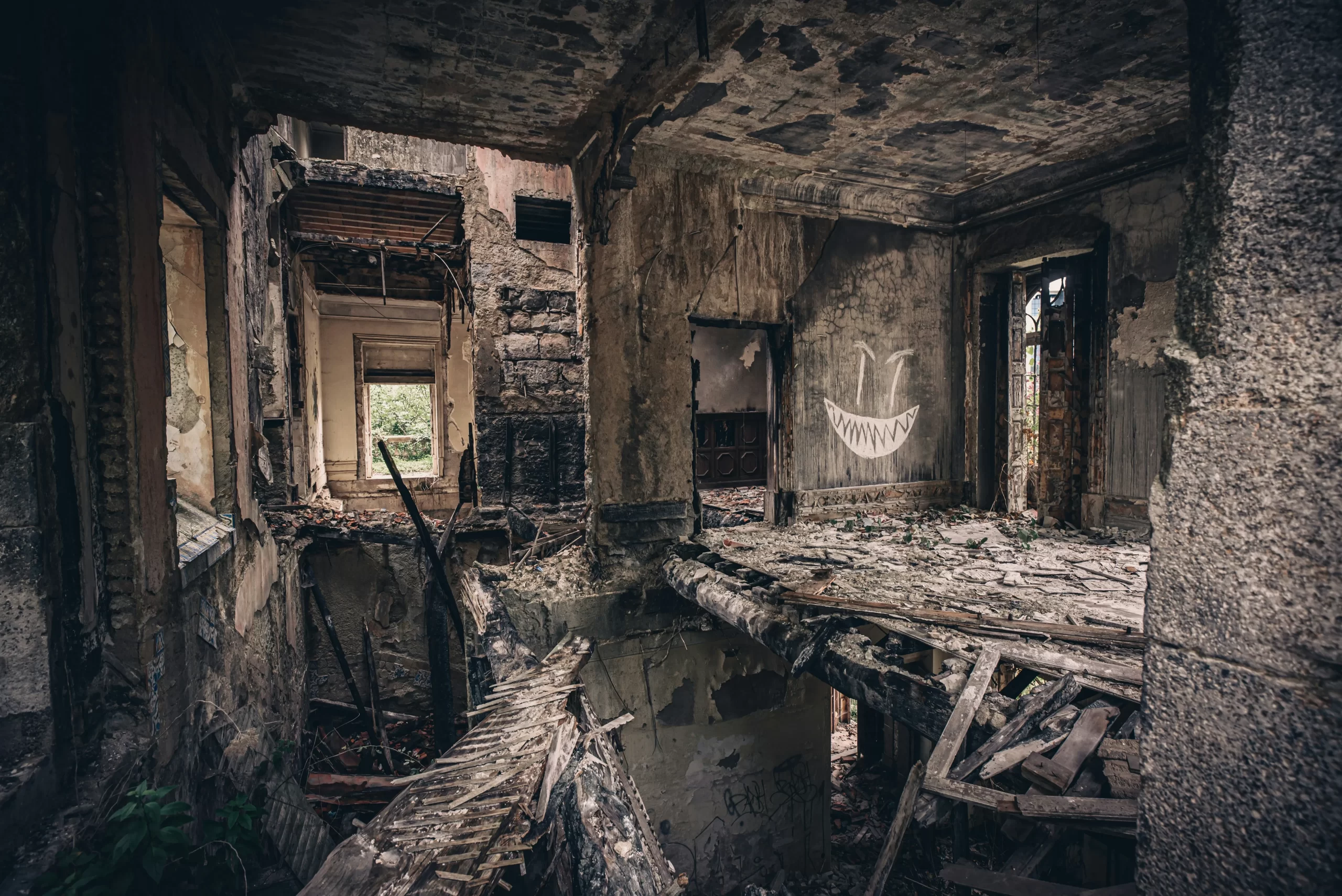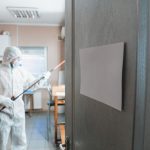Our Address:
Fire incidents can be devastating for commercial properties, causing significant damage and disrupting operations. The process of recovering from fire damage involves several critical steps to ensure the building is safely and effectively restored to its pre-incident condition. Organizations like Commercial Interior Solutions (CIS), operating in regions such as Tampa, St. Petersburg, Clearwater, and Largo, are proficient in navigating the complexities of fire damage recovery. Here’s a structured approach to rebuilding and restoring commercial properties after fire damage.
Immediate Response and Assessment
The first step following a fire incident is to secure the site and conduct a thorough assessment of the damage. This involves professionals who can safely evaluate structural integrity, identify hazardous materials, and determine the extent of damage to the interior and exterior of the property. CIS typically begins the recovery process with a detailed assessment, ensuring a comprehensive understanding of the restoration needs.
Salvage and Secure
Salvaging what remains intact is crucial to minimizing losses. This might include securing undamaged inventory, equipment, and important documents. Following salvage operations, the property needs to be secured to prevent unauthorized access and further damage from environmental exposure. Temporary fencing, board-ups, and roof tarps may be employed to secure the site.
Water Removal and Drying
Firefighting efforts often result in water damage, which requires immediate attention to prevent mold growth and further structural deterioration. The process includes water extraction, dehumidification, and drying, essential steps to stabilize the environment before reconstruction begins. CIS utilizes advanced drying techniques and equipment to expedite this phase.
Soot and Smoke Cleanup
Soot and smoke can cause extensive damage to surfaces, equipment, and the HVAC system, impacting air quality and leaving persistent odors. Specialized cleaning and deodorization techniques are necessary to remove soot deposits and neutralize odors. CIS employs a variety of cleaning methods tailored to the type of materials affected and the severity of the soot and smoke damage.
Debris Removal and Demolition
The cleanup phase involves removing debris and demolishing irreparably damaged components of the building. This step clears the way for reconstruction and is conducted with safety and environmental regulations in mind. CIS ensures that debris removal and demolition are carried out efficiently and in compliance with all local codes and guidelines.
Reconstruction and Restoration
Reconstruction is the process of rebuilding the damaged areas of the property. This step requires close coordination with architects, contractors, and interior designers to ensure the restored property meets the owner’s specifications and complies with building codes. CIS’s expertise in commercial renovations and restorations ensures that reconstruction is performed to the highest standards, with a focus on quality, safety, and aesthetic appeal.
Final Inspection and Cleanup
Before the property can be reopened for business, a final inspection is necessary to ensure all restoration work meets safety and quality standards. This includes a thorough cleaning of the premises to remove any construction debris and dust. CIS conducts detailed inspections and cleanups to ensure the property is in optimal condition for its occupants.
Continual Communication and Documentation
Throughout the recovery process, maintaining open lines of communication with all stakeholders, including property owners, insurance companies, and regulatory bodies, is vital. Documentation of the damage, restoration progress, and expenses is crucial for insurance claims and compliance purposes. CIS prioritizes transparent communication and meticulous documentation to streamline the recovery process.
Recovering from fire damage is a complex and challenging process that requires expertise, patience, and attention to detail. By following these steps, organizations like Commercial Interior Solutions ensure that commercial properties affected by fire incidents are safely and effectively restored. Their comprehensive approach not only addresses the immediate impacts of fire damage but also lays the foundation for a stronger and more resilient future for the affected properties.





